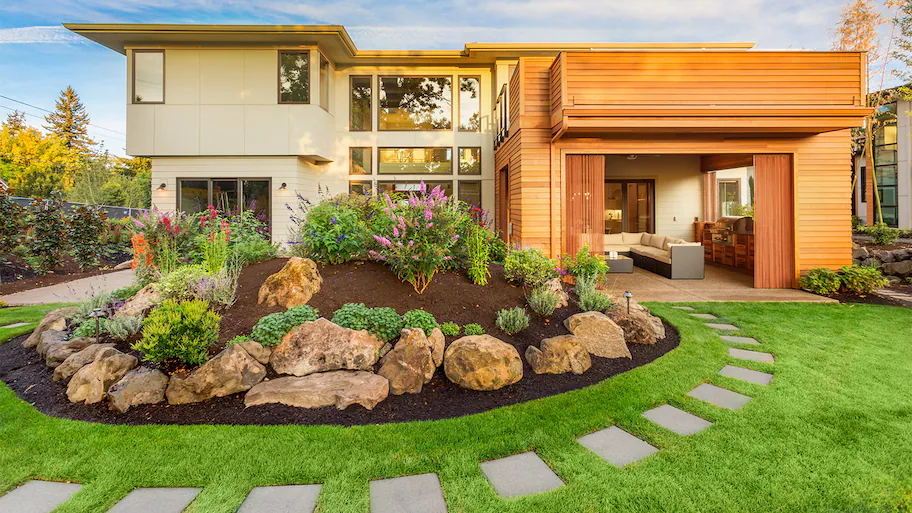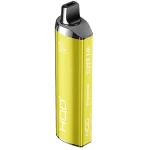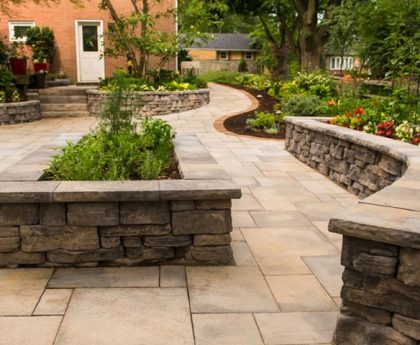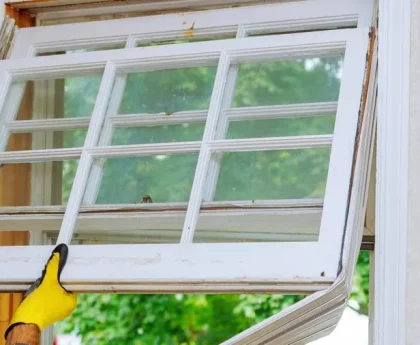Designing a garden involves thoughtful planning and creativity to create an outdoor space that is both aesthetically pleasing and functional. Here are ideas and tips for garden and landscape designs:
- Site Analysis:
- Understand the characteristics of your garden space. Analyze factors such as sunlight exposure, soil type, drainage, and existing plants or structures.
- Define Purpose and Theme:
- Determine the purpose of your garden. Whether it’s a place for relaxation, entertaining, growing vegetables, or attracting wildlife, having a clear purpose will guide your design. Choose a theme or style that reflects your preferences.
- Create Focal Points:
- Introduce focal points in your garden to draw attention and create visual interest. This could be a sculpture, a water feature, a beautifully planted container, or a unique plant specimen.
- Plant Selection:
- Choose plants based on your climate, soil conditions, and the desired aesthetic. Consider factors such as color, texture, height, and seasonal interest when selecting plants. Include a mix of perennials, annuals, shrubs, and trees for variety.
- Layering and Heights:
- Create visual depth and interest by incorporating plants of different heights and textures. Arrange plants in layers, with taller plants at the back and shorter ones at the front.
- Pathways and Walkways:
- Design pathways that guide visitors through the garden. Use materials such as gravel, stepping stones, or pavers to create functional and visually appealing walkways.
- Outdoor Seating Areas:
- Integrate seating areas within your garden for relaxation and enjoyment. Choose comfortable outdoor furniture and consider the placement in relation to the sun and shade.
- Water Features:
- Incorporate water features like ponds, fountains, or birdbaths to add a calming and dynamic element to your garden. Water features attract wildlife and provide a sense of tranquility.
- Garden Edges:
- Define garden beds with well-defined edges. This could be achieved with borders, low hedges, or decorative materials. Neat edges give the garden a polished and organized look.
- Color Harmony:
- Plan a color scheme for your garden to create harmony and cohesion. Choose colors that complement each other and consider the seasonal changes in plant colors.
- Container Gardening:
- Use containers for planting in small spaces or to add mobility to your garden design. Containers are versatile and can be moved to highlight different areas of the garden.
- Wildlife-Friendly Design:
- Create a garden that attracts and supports wildlife such as birds, butterflies, and bees. Include nectar-rich flowers, bird feeders, and habitat features.
- Outdoor Lighting:
- Enhance the beauty of your garden with well-placed outdoor lighting. Illuminate pathways, highlight features, and create a magical ambiance in the evening.
- Seasonal Interest:
- Plan for year-round interest by selecting plants that bloom or display interesting foliage during different seasons. This ensures that your garden remains appealing throughout the year.
- Sustainable Practices:
- Embrace sustainable gardening practices such as composting, rainwater harvesting, and choosing drought-tolerant plants. These practices contribute to a healthier garden and environment.
- Garden Art and Decor:
- Add personality to your garden with art and decor. Sculptures, garden ornaments, and creative features can enhance the overall design.
- Regular Maintenance:
- Plan for ongoing maintenance to keep your garden in top condition. Pruning, weeding, and regular care ensure that your garden thrives over time.
Remember that garden design is a personal expression, and there are no strict rules. Experiment with different elements and find a design that brings you joy and suits your lifestyle. Consider consulting with a professional landscaper or garden designer for expert advice tailored to your specific needs and preferences.




